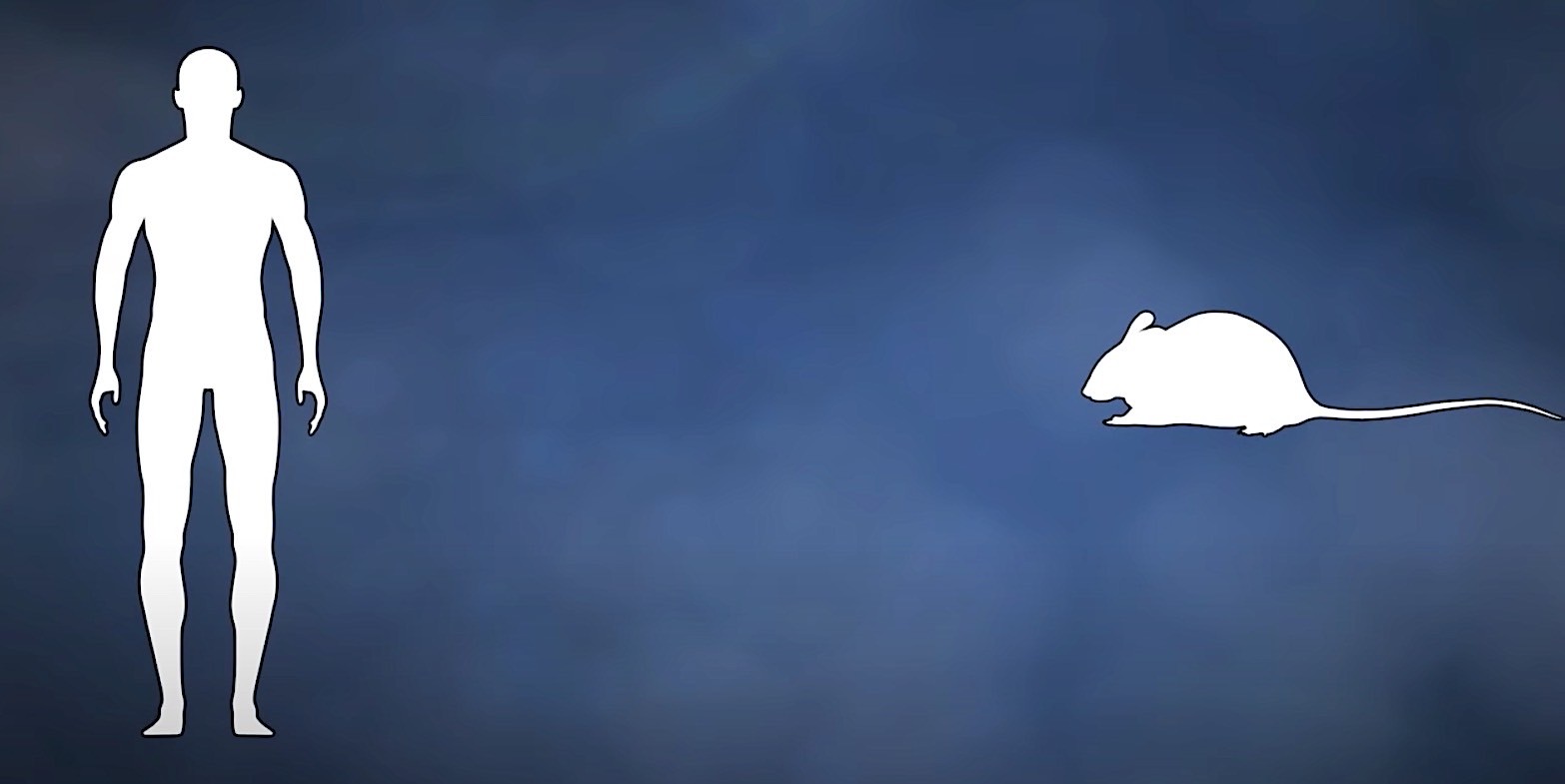The problem with these flawless human beings is that they leave Earth in perfect health, but they return in less than perfect condition. This is owing to the absence of gravity on the International Space Station (ISS), where they spend most of their time, as well as the length of time they spend there.
According to NASA, which has quite a bit of experience with people spending extended amounts of time on the International Space Station (ISS), prolonged exposure to a zero-g environment affects almost every system in a person’s body, including the bones, muscles, heart, blood flow, and immune system.
If we want to actually become a space-faring species in the future, yet don’t want to rely on artificial gravity systems to meet our demands, those consequences must be much better understood. And it is at this point that humanity’s favorite creatures for medical experimentation enter the picture. Rodents, believe it or not, are extremely comparable to humans in terms of health (meaning in terms of anatomy, physiology, and even genetics).
They’re particularly ideal for such study because of their quicker growth and shorter lifespan, and NASA loves them because they allow them to fly “dozens of little mice on each flight,” resulting in a wealth of data.
The space agency is so enamored with these creatures and what they may tell us about the impact of space on life that it has created a specific instrument called the Rodent Research Hardware System.
The system was put together by the Ames Research Center and is made up of three different parts. First, there’s the transporter, which is just a cage that transports the rodents to space. The second module is the animal access unit, which is a piece of hardware that allows the rodents to be removed from the transporter and transferred to the habitat, which is where they will live until they, well, largely die.
NASA began flying mice to the International Space Station in the Rodent Research Hardware System in 2014 after the device demonstrated its utility by keeping the animals alive both within the SpaceX Dragon spacecraft that carried them up there and on the station.
The agency began investigating the impact of space on the musculoskeletal and neurological systems in 2015. The attention shifted to a possible new therapy for skeletal muscle atrophy and weakening the next year, with a potential treatment produced by pharmaceutical giant Eli Lilly being examined. After that, in 2017, two missions focused on bones and bone tissue loss.
NASA continued to study the effects of microgravity on blood arteries in the brain and eye, cartilage loss in joints, atrophy, and even “the population of microbes in the gut” using mice at the center of the microscope.
The biological circadian cycle, the structure and function of the arteries, veins, lymphatic vessels, and eyesight are all being studied since we still don’t have a clear understanding of what space can do to us five decades after we first began investigating it.
NASA compiled the findings of all of this study into a neat little package that can be accessed here at the beginning of this year. It further said that “unused tissue samples from the trials will be shared with other researchers who will utilize them for even more investigations,” in an effort to extract every ounce of use from the tiny creatures who are killing themselves so that we might construct our space empire.
Source: AutoEvolution

